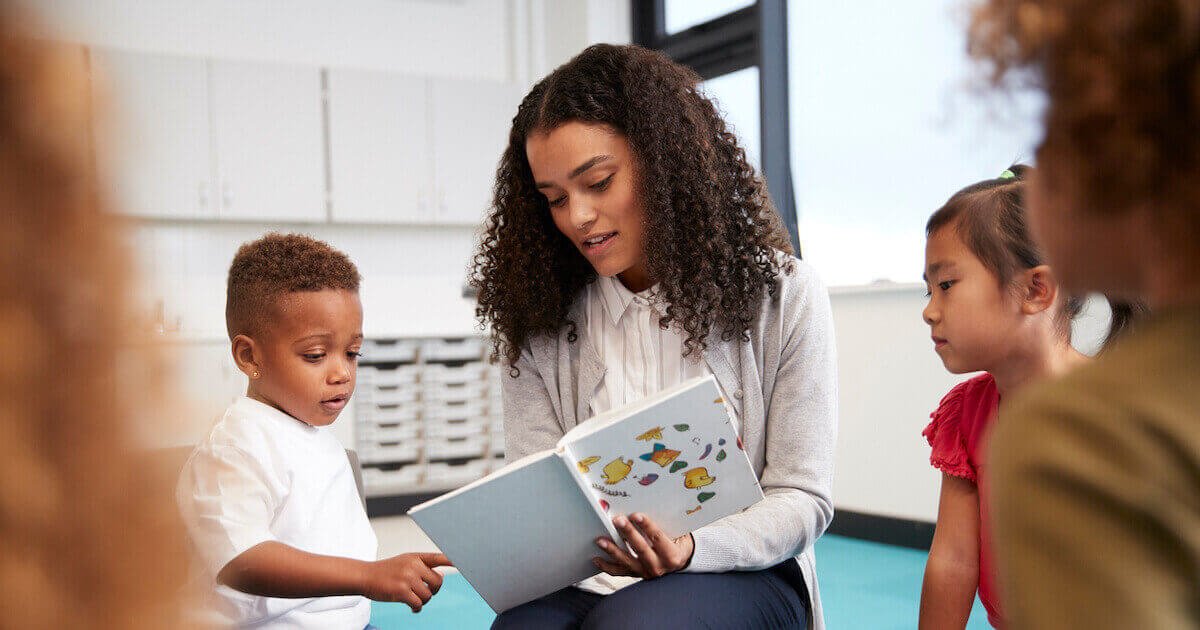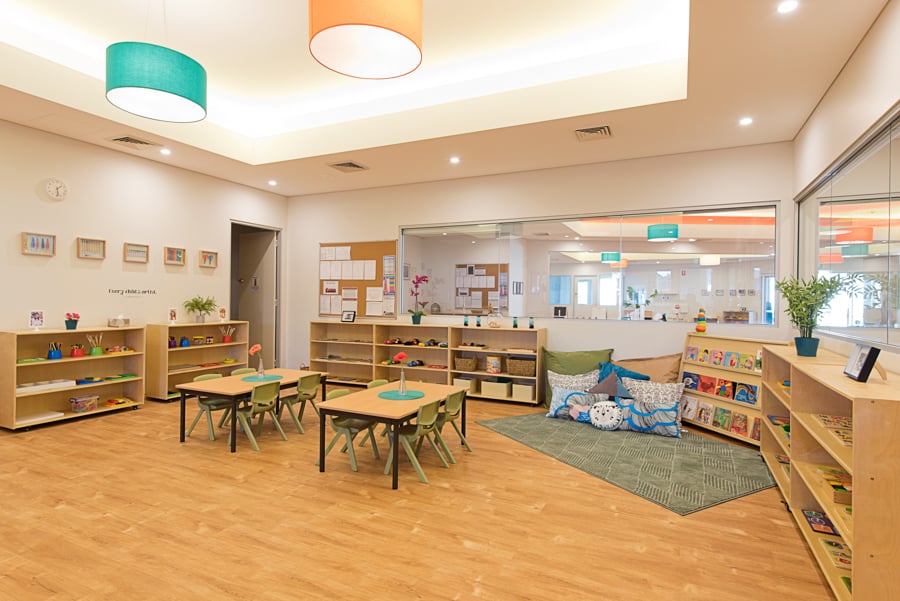
Designing Classrooms with Child-Centered Focus
Creating a child-centered classroom environment is crucial for fostering effective learning experiences. The design of the classroom plays a pivotal role in shaping the way children engage with education, influencing their motivation, creativity, and overall well-being.
Understanding Child-Centered Classroom Design
Child-centered classroom design revolves around the idea that the learning environment should cater to the needs, interests, and developmental stages of the students. It aims to create a space where children feel empowered, engaged, and motivated to explore and learn.
Flexible Furniture Arrangements for Dynamic Learning
One key aspect of child-centered design is the incorporation of flexible furniture arrangements. Adjustable desks, movable seating, and versatile workspaces allow for dynamic learning settings. This adaptability promotes collaboration, independence, and a sense of ownership over the learning space.
Creating Zones for Diverse Learning Activities
Child-centered classroom design often involves the creation of distinct zones within the classroom, each dedicated to specific learning activities. Reading corners, project areas, and quiet zones provide students with options that cater to their individual preferences and learning styles.
Incorporating Technology for Enhanced Learning
Integrating technology into the classroom is a vital aspect of child-centered design. Interactive smart boards, educational apps, and multimedia resources can enhance engagement and provide diverse learning opportunities. Thoughtful integration ensures technology supports, rather than replaces, hands-on and interactive learning experiences.
Promoting Student Autonomy and Decision-Making
Child-centered classrooms empower students to make choices about their learning environment. From selecting their seating arrangements to deciding on projects, giving students autonomy fosters a sense of responsibility and encourages them to take an active role in their education.
Maximizing Natural Light and Ventilation
A child-friendly environment prioritizes the physical well-being of students. Ample natural light and good ventilation contribute to a healthy and energizing atmosphere. Consideration of the physical environment enhances the overall comfort and concentration levels of the students.
Inclusive Design for Diverse Needs
Child-centered classroom design embraces inclusivity. It takes into account the diverse needs and abilities of students, ensuring that the physical environment is accessible to everyone. This inclusivity promotes a sense of belonging and equality within the classroom.
Engaging Visual Stimuli for Inspiration
Visual stimuli play a significant role in child-centered design. Vibrant colors, educational displays, and student artwork contribute to an inspiring and stimulating atmosphere. Thoughtfully curated visual elements can enhance creativity and create an environment that sparks curiosity.
Nature-Inspired Spaces for Well-Being
Bringing elements of nature into the classroom is a hallmark of child-centered design. Indoor plants, nature-inspired artwork, and even outdoor learning spaces connect students with the natural world. This connection has been shown to positively impact well-being and foster a love for the environment.
Child-Centered Classroom Design: A Catalyst for Lifelong Learning
In conclusion, child-centered classroom design is a catalyst for creating a positive and impactful learning environment. By prioritizing flexibility, inclusivity, and engagement, educators can shape spaces that inspire children to explore, discover, and develop a lifelong love for learning.
Explore the transformative potential of child-centered classroom design at www.igaseng.com. Elevate your educational spaces to nurture the curiosity and growth of every child in a dynamic and thoughtfully designed setting.




